Movement Control
Movement is arguably the most fundamental and important function of the nervous system. Purposive movement requires the coordination of actions within many areas of the cerebral cortex, cerebellum, basal ganglia, spinal cord, and peripheral nerves and sensory receptors, which together must control a highly complex biomechanical apparatus made up of the skeleton and muscles. Beginning at the level of biomechanics and spinal reflexes and proceeding upward to brain structures in the cerebellum, brainstem and cerebral cortex, the chapters in this book highlight the important issues in movement control. Commentaries provide a balanced treatment of the articles that have been written by experts in a variety of areas concerned with movement, including behaviour, physiology, robotics, and mathematics.
{{comment.content}}
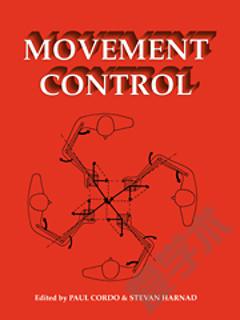

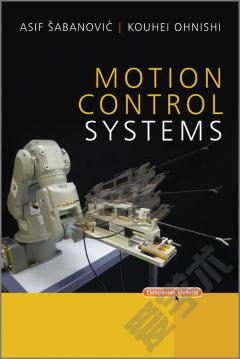
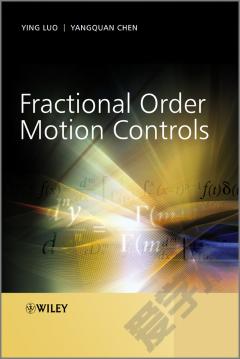
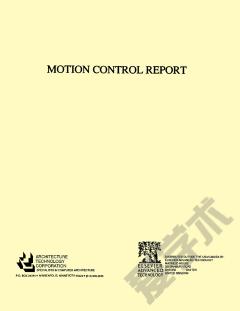
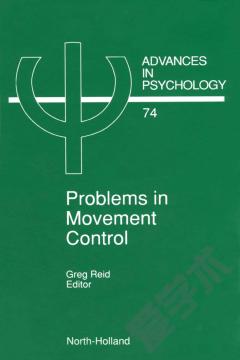


 京公网安备 11010802027623号
京公网安备 11010802027623号